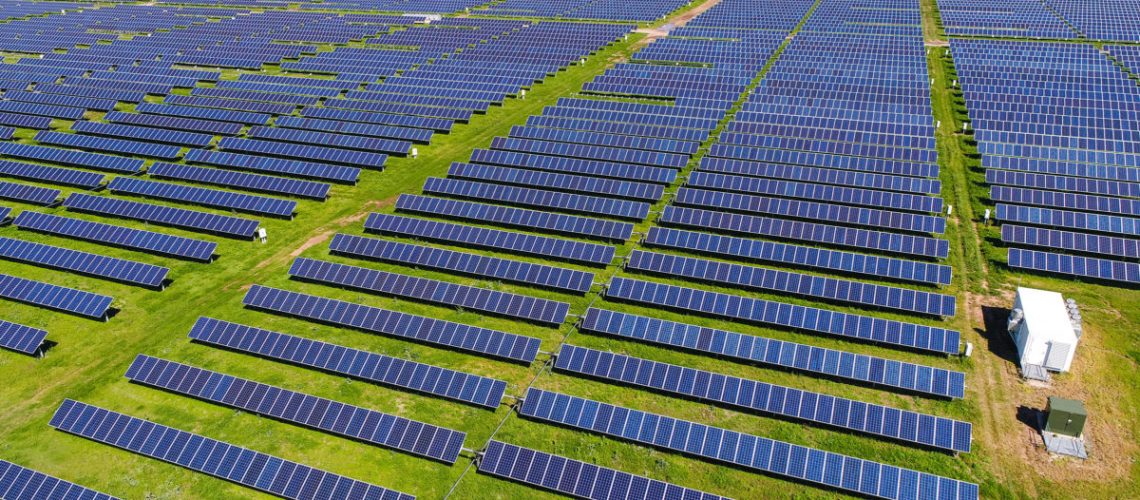A new Berkeley Lab study identifies the most prevalent community concerns around projects, as well as strategies for developers and others to improve those perceptions.
Perceptions around large-scale solar project development, and the impacts of the projects, continue to be one of the key concerns that stakeholders keep in mind when thinking of hosting these projects in their communities, according to a new study from Berkeley Lab, Michigan State University, and the University of Michigan.
The study is based on 54 interviews with residents, developers and policy makers, about seven large-scale solar projects in the U.S., defined as ground-mount photovoltaic projects that are equal to or more than 1 MWdc.
The research seeks to address what it calls an important information gap – that is, while rural Americans broadly support large-scale solar, local opposition to proposed projects is also increasing, with developers pointing to community opposition as one of the reasons for delayed and canceled projects. At the same time, there isn’t much data on the perception of these projects among local communities.
As solar deployments across the U.S. continue to grow – one estimate from the Solar Energy Industries Association (SEIA) and Wood Mackenzie suggests the market is set to triple by 2028, touching 380 GW of installed solar capacity – developers are working to find new locations for projects, including things like underutilized parking lots, timberland and farmland. But developers still face plenty of opposition from local communities who point to blocked views, noise and environmental concerns, among others.
The new paper essentially tries to answer two questions: identifying the most prevalent concerns that residents have about large-scale solar projects; and looking at what strategies developers and others could employ to improve those perceptions.
The researchers found that planning processes and local impacts of large-scale solar projects remain a key concern. The seven sites that the study focused on span regions, ownership structures and ecosystems, but all raised concerns among local stakeholders regarding development impacts. Specifically, the authors noted, local residents and officials were concerned about the information provided to them, and their lack of influence on project design.
The research also produced multiple measures that its authors say could address these concerns. For instance, there is a need to bolster direct engagement between developers and operators of projects, local officials and community members, which should begin earlier and be more frequent and in-person – not just during the development process, but also while the project is in operation or being decommissioned, the report said. The authors stressed the need to go beyond the format of public meetings and town halls, and instead recommended strategies that “stress in-person contact and communication, and presume residents have a meaningful role in influencing project design.”
Developers can also turn to third-party, local intermediaries to liaise with the community and local officials, the report’s authors recommend. In addition, they stress the need to ensure residents are well aware of both the benefits and burdens tied with going ahead, or restricting, project development.
“This included inviting individuals in from neighboring communities that had undergone solar development to share about their experiences, both good and bad, with a focus on the opportunity costs of decisions that in the short-term may be seen as victories for residents, but later may generate regret,” the report stated.



